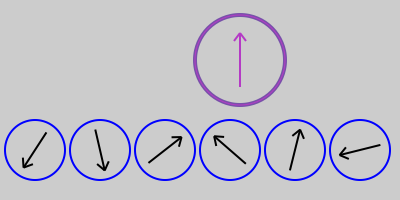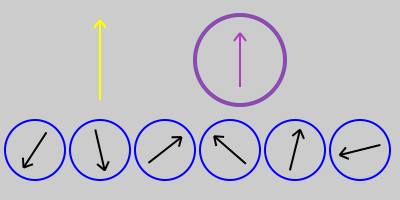Modeling Good and Evil, Part II

Model 3
In model 3, each agent has an internal moral compass. It is assumed that the god-agent is the standard to which all other moral agents should conform. What is good for the god-agent is also good for other moral agents.
Model 4 is the same as model 3, except with the addition of an external moral standard, to which both the god-agent and the other moral agents should conform:

Model 4
With the atheistic models I provided some advocates of each model. I cannot do so, here. That may be because I am not a professional philosopher and simply haven't read the right material.
Eventually, I will argue that both of these theistic models are wrong and will provide a fifth model. But before I do that, I want to examine these models in more detail. For example, two of the four models have one external standard (the "golden" arrow). Why one? Why not two or more? Does this external arrow really exist?
And the polytheists ought to be muttering about the lack of polytheistic models. This, too, deserves attention.
The next post in this category will look at the external standard in more detail.

